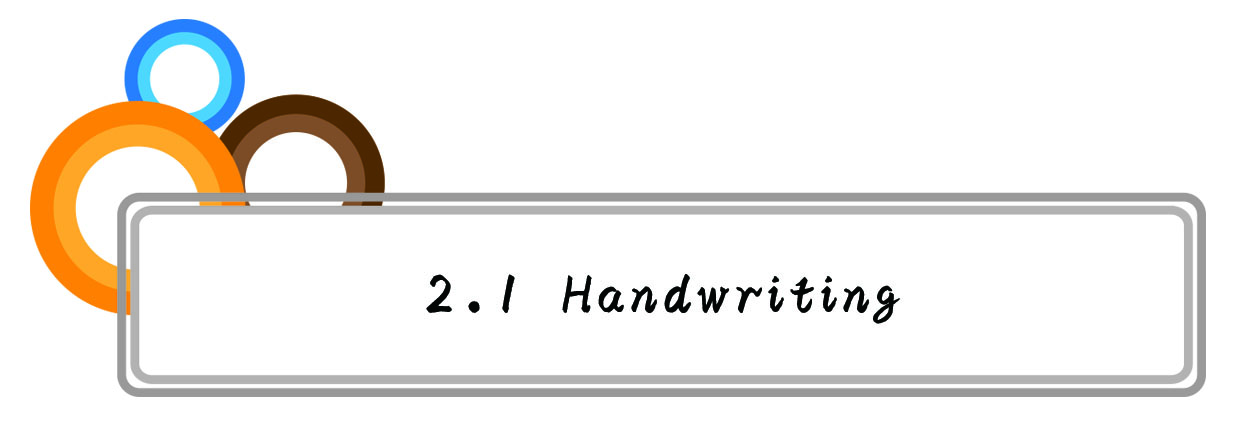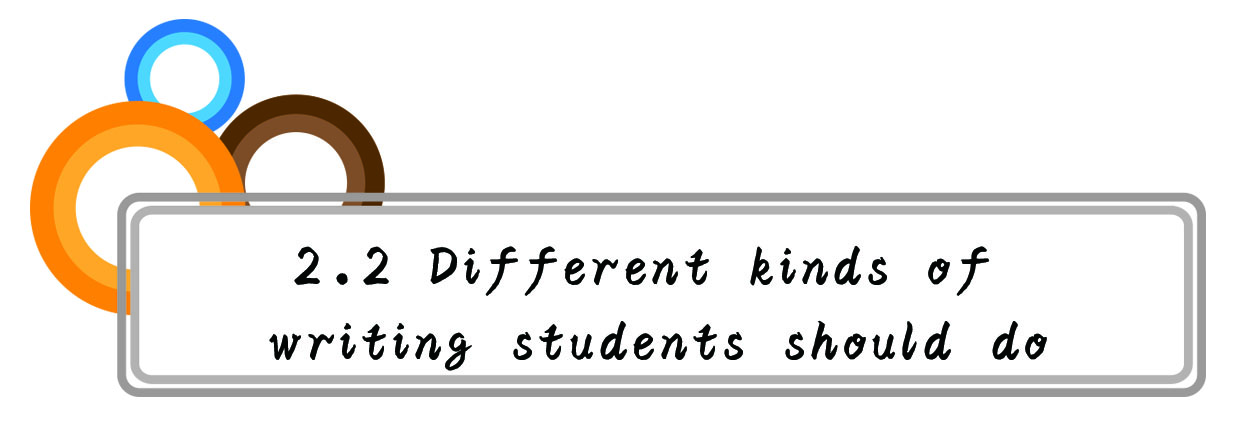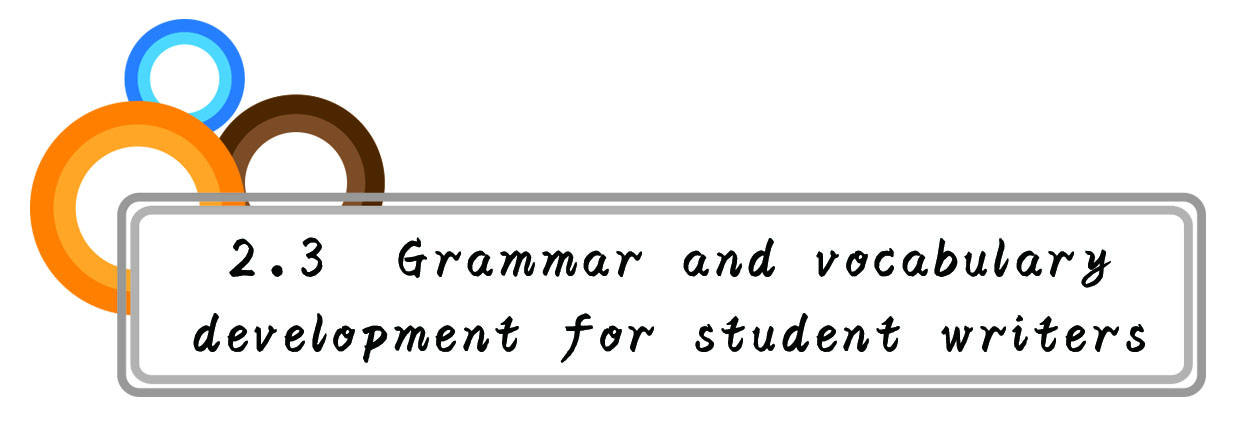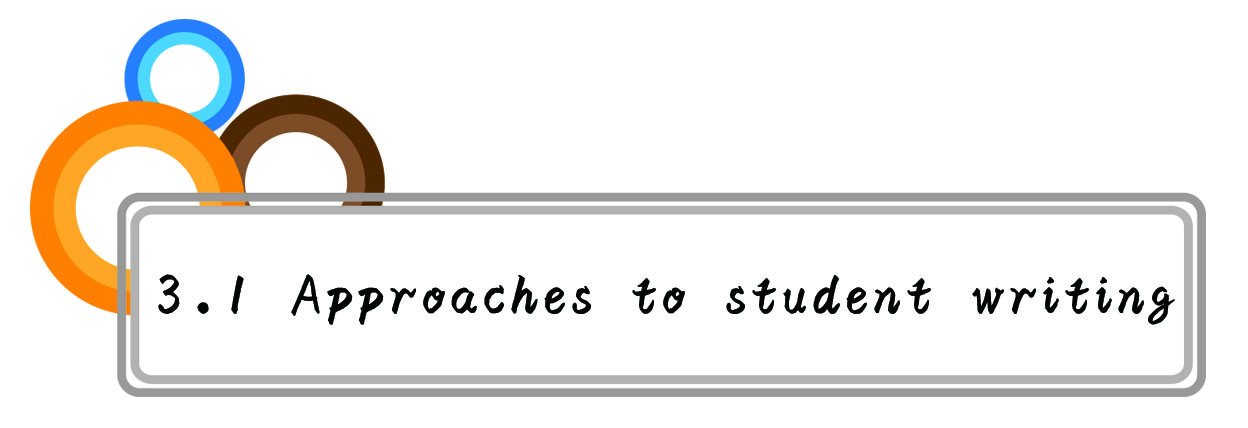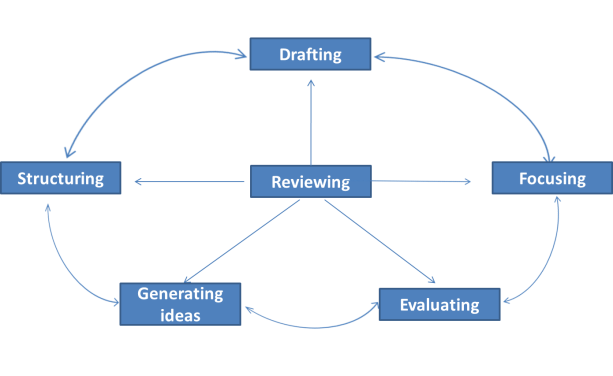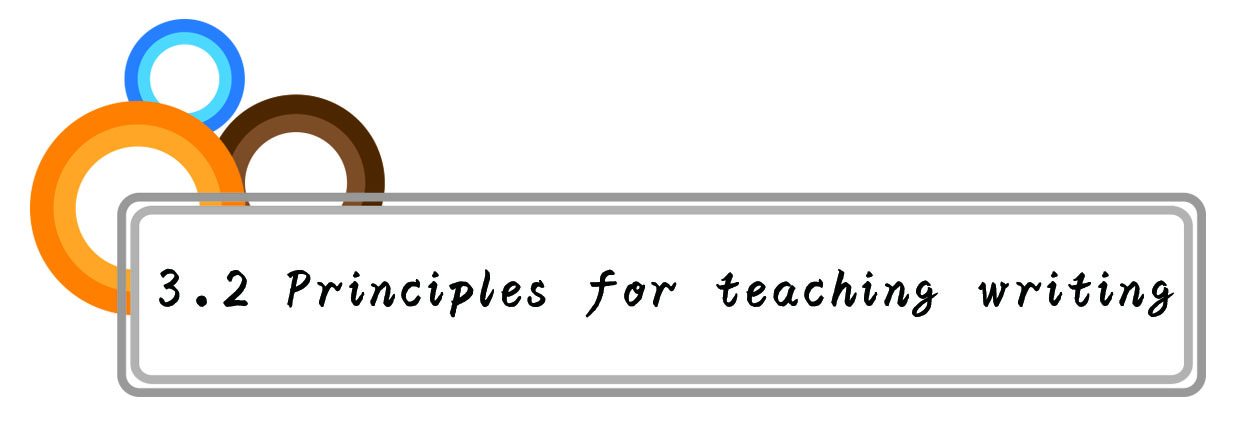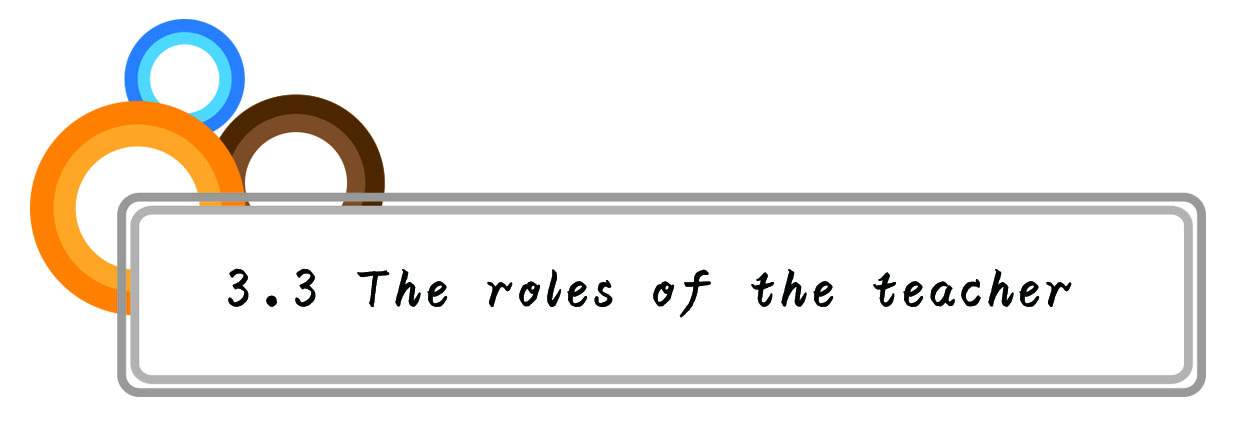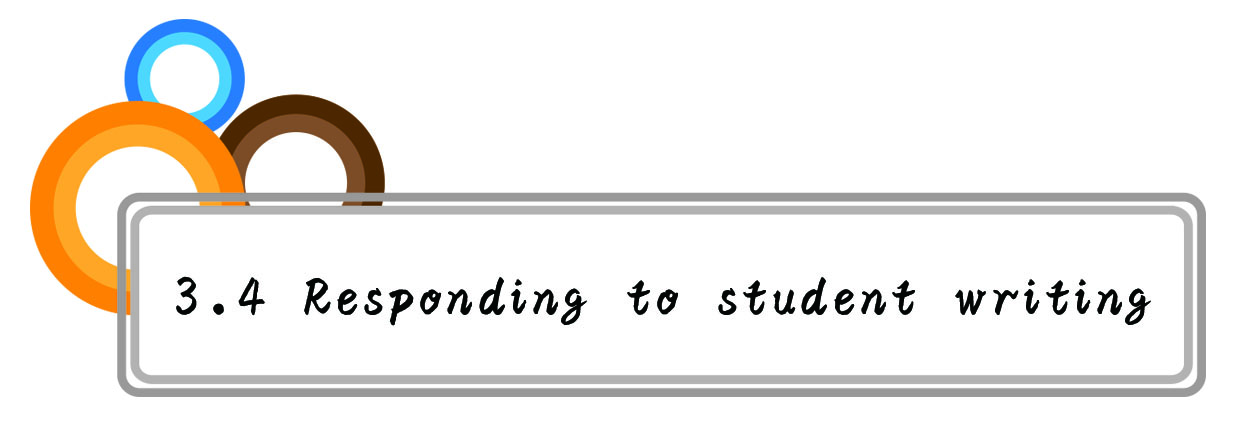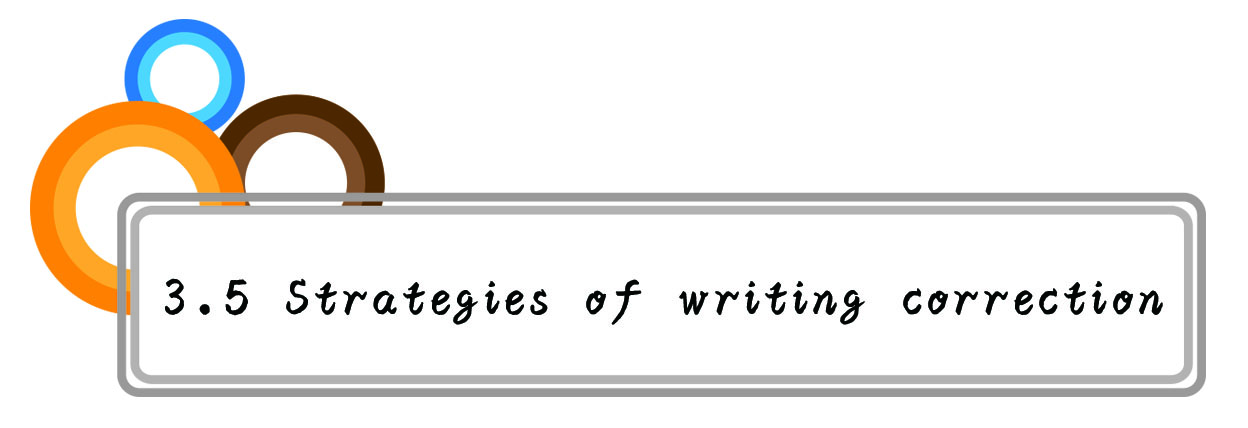-
1 Why to ...
-
2 What to ...
-
3 How to ...
-
4 Resource
-
5 Questions


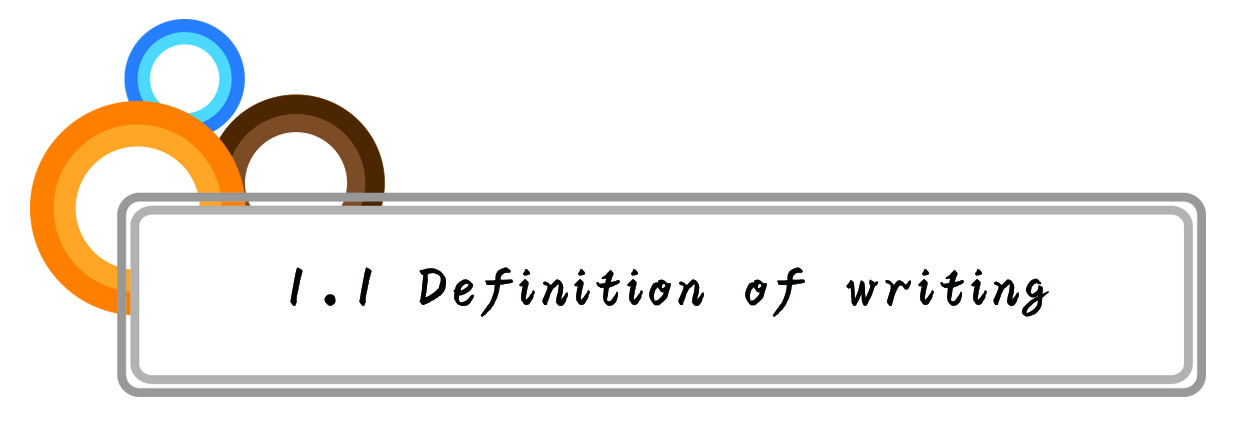
It is both a physical and mental act. Its purpose is both to express and impress. It is both a process and product.
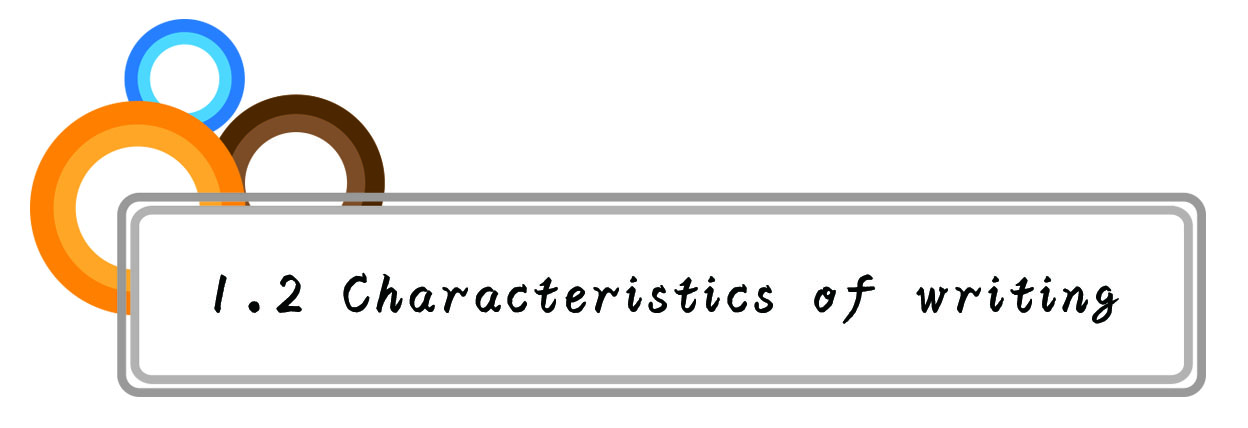
We may distinguish differences between writing and speaking and find the characteristics of writing.
(1) Writing is more ‘attended to’ than speech. We are more conscious of what we are doing.
(2) Writing has text-types of its own. The way what we have to say in telephone or face-to-face conversations is different from the arrangement of material in letters or e-mail messages.
(3) Writing can make use of visual devices in a way which speech cannot.
(4) The different ‘dialects’ are mutually unintelligible in spoken form but share a common written form.
(5) The spelling-systems of almost all languages that use alphabetic writing-systems are based to some extent on how the word is spoken, but only partly so.
(6) The better we get at writing the easier it is to please others, but the harder to please ourselves.
(7) There have been more varieties of acceptable spoken than written English used internationally. Written English has so far been more uniform, except for relatively minor issues such as the differences between British and American spelling.
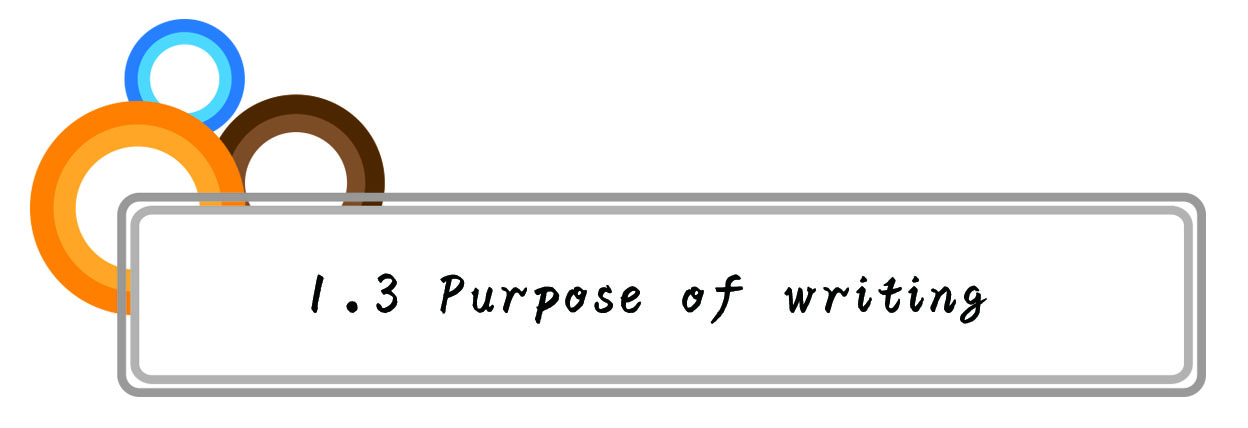
(1) Writing allows us to transcend item (when we leave a not for someone to pick up later) or space (when we send a letter through the post);
(2) To solve the problem of volume, of having to store more than the human brain can remember;
(3) To filter and shape our experience.
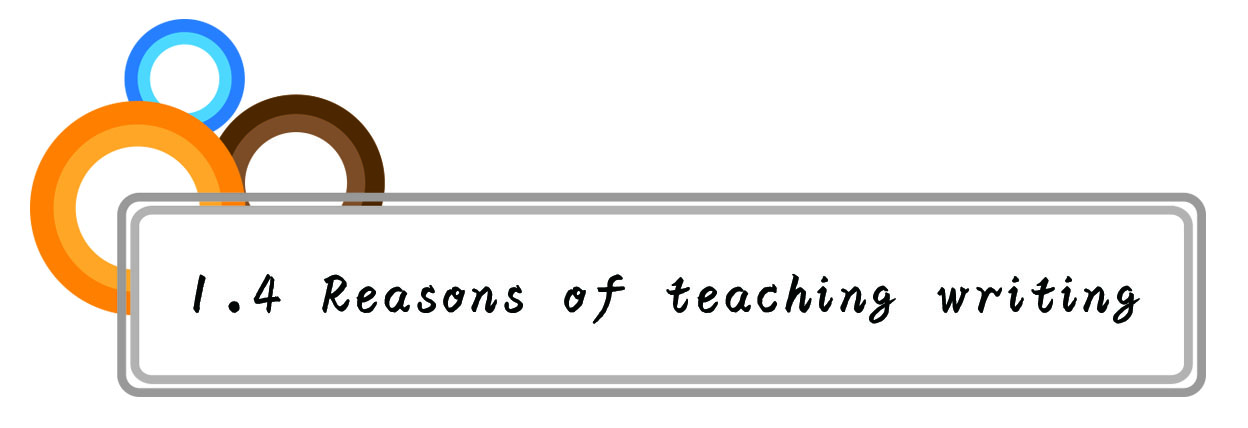
(1) Most of us benefit greatly from seeing the language written down. Ss often find it useful to write sentences using new language shortly after they have studies it (Reinforcement).
(2) The actual process of writing helps us to learn as we go along (Language development).
(3) Writing is appropriate for the learners who produce language in a slower way. It can also be a quiet reflective activity instead of the rush and bother of interpersonal face-to-face communication (Learning style).
(4) Writing is a basic language skill.


